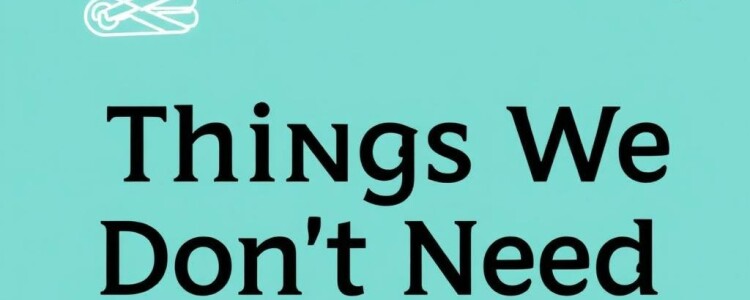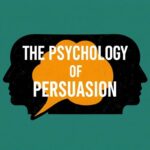Have you ever walked into a store, saw something shiny or appealing, and found yourself buying it even though you never needed it in the first place? Or perhaps you’ve clicked “add to cart” online, only to realize later that the item was totally unnecessary. It’s a common experience, and it leads many to wonder: why do we buy things we don’t need? Understanding this behavior is more than just a curiosity—it sheds light on how we make decisions, how marketers influence us, and even how we find comfort or identity through material possessions.
The reasons behind unnecessary purchases are complex, blending psychology, emotion, society, and culture. In this article, we will explore various aspects that lead people to buy things they don’t genuinely need. From the role of impulsive behavior to social influence, and from marketing tactics to emotional triggers, we will unravel this fascinating topic step by step. We will also look at practical ways to become more mindful and make smarter choices with our money.
The Psychological Drivers of Buying Unnecessary Things
At the core of why we buy things we don’t need is the psychology behind decision-making. Our brains are wired to seek pleasure and avoid pain, and this system can sometimes trick us into making purchases that don’t serve our real needs. One major factor is the **emotion-driven purchase**. When we feel stressed, lonely, or bored, shopping can serve as a quick fix to uplift our mood. This is often called “retail therapy,” and although it provides temporary relief, it usually doesn’t solve the underlying emotional issue.
Another psychological factor is the thrill of instant gratification. When a product is presented in an appealing way, we get an immediate dopamine hit—the brain chemical linked to pleasure and reward. This reward system encourages repeat behavior, so we tend to buy beyond what’s necessary simply for the enjoyment it brings.
Impulse Buying: The Silent Thief
Impulse buying is one of the primary reasons why people buy things they don’t need. It’s unplanned and spontaneous, triggered by sudden desires rather than rational thought. This behavior is heavily influenced by feelings rather than logic. For example, seeing a limited-time offer or an appealing product display creates a sense of urgency and scarcity, pushing people to act quickly to avoid missing out.
Impulse buying is reinforced by clever marketing that taps into our subconscious. Stores typically place tempting items near checkout counters, where people are already in a buying mood and likely to make one last spontaneous purchase. Online, personalized ads and suggestions exploit our browsing habits to trigger sudden urges to buy.
How Marketing and Advertising Play a Role
Marketers and advertisers are experts at understanding human psychology. Their goal is to influence buying behavior and increase sales—often by encouraging people to buy things they don’t really need. From catchy slogans to eye-catching visuals, advertising appeals to our emotions, desires, and insecurities.
Emotional Appeal in Advertising
One classic technique is appealing to emotions. Ads create narratives that associate products with happiness, success, or love. For example, a perfume commercial might suggest that wearing the fragrance will make you more attractive or desirable, even though the actual product doesn’t guarantee those outcomes. This emotional appeal inspires consumers to buy the product in the hope of achieving those feelings.
Creating a Sense of Identity
Many ads encourage consumers to buy products as a way of expressing identity or status. Brands build loyalty by creating communities or lifestyles that people want to belong to. For instance, buying a particular brand of shoes might feel like joining a group that values sportiness and style. This need to belong and define ourselves through possessions leads to purchases beyond practical necessity.
Popular Marketing Tactics That Encourage Unnecessary Purchases
Below is a table outlining common marketing tactics designed to encourage impulse or unnecessary buying:
| Marketing Tactic | Description | Effect on Consumer |
|---|---|---|
| Limited-Time Offers | Sales or discounts available only for a short period | Creates urgency, compels quick purchases |
| Buy-One-Get-One (BOGO) | Offers two products for the price of one | Encourages buying more than needed |
| Personalized Recommendations | Ads and suggestions based on previous browsing or purchases | Targets individual preferences, increasing temptations |
| Scarcity Messaging | Claims product is in limited supply | Makes buyers feel urgency to avoid missing out |
| Celebrity Endorsements | Famous personalities promote products | Leverages admiration to boost credibility and desire |
Social Influence and Its Impact on Buying Habits
Humans are inherently social creatures, and our choices are often shaped by the people around us. Social influence plays a significant role in why we buy things we don’t need. Whether it’s from friends, family, or the broader culture, we tend to conform to social norms and expectations—even in ways related to consumption.
Keeping Up with the Joneses
One good example of social influence is the desire to “keep up with the Joneses.” This phrase describes how people feel pressured to match the lifestyle and possessions of their peers. If a friend upgrades their smartphone or buys a trendy gadget, others may feel compelled to do the same to avoid feeling left out or less successful. This drives unnecessary spending simply because of social comparison.
The Role of Social Media
In today’s world, social media has amplified social influence on buying behavior. Platforms like Instagram, TikTok, and Facebook showcase idealized lifestyles, often filled with new products, fashion, and technology. These influencers and everyday users shape perceptions of what’s desirable or cool, encouraging followers to make purchases even if they don’t have a genuine need.
Social media also encourages “showing off” purchases, where people buy something to share it online and gain social approval. This dynamic can create a cycle of constant new buying driven by external validation rather than real personal desire.
Common Types of Unnecessary Purchases
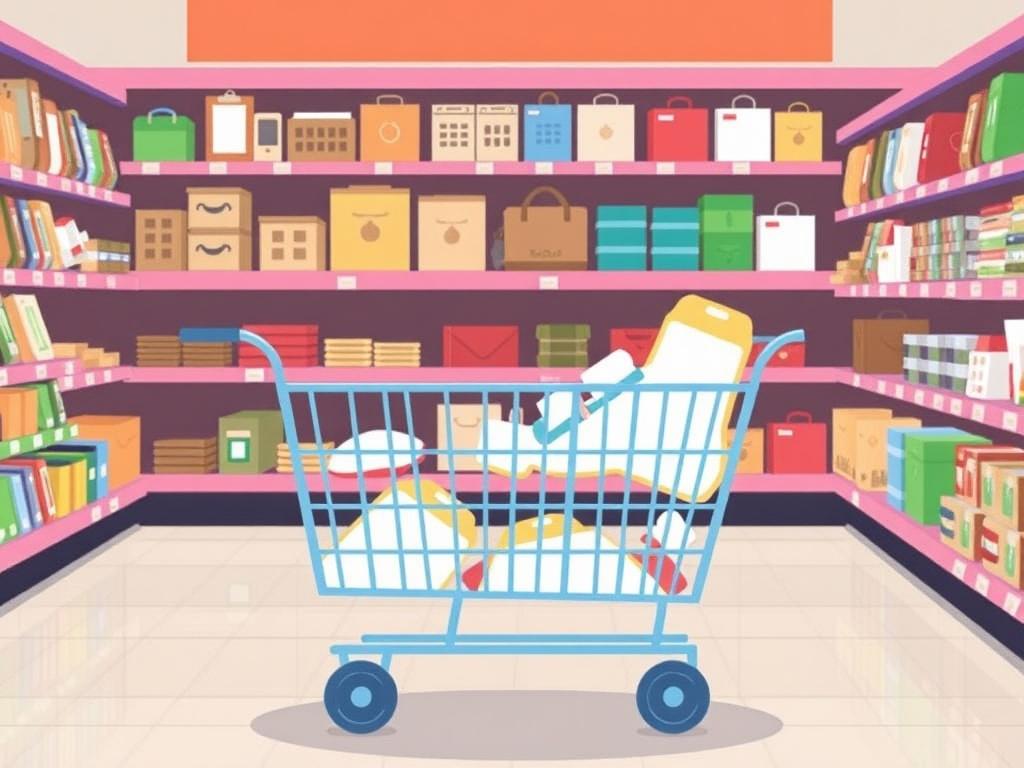
Understanding what kinds of purchases tend to be unnecessary can help us reflect critically on our habits. While everyone differs, certain common categories dominate impulse – or unnecessary – buying patterns.
Impulse Items
These are small or low-cost items, like snacks, magazines, gadgets, or accessories, often purchased at checkout or spur-of-the-moment online. They rarely fulfill a pressing need but offer momentary pleasure or convenience.
Trendy Products
Items that gain popularity quickly, such as fad clothing, tech gadgets, or limited-edition releases. People buy them to fit in or because of hype, even if the item has little long-term value.
Gifts and Luxury Items
Sometimes unnecessary spending comes from the desire to impress others or treat oneself extravagantly. Luxury purchases often represent status or reward but may not be practical or affordable.
The Psychology Behind Subscriptions and Memberships
Subscriptions and memberships, especially with the rise of digital services, have become a source of unnecessary spending for many people. Whether it’s streaming platforms, monthly boxes, or exclusive clubs, these purchases promise convenience or exclusive access. However, many end up unused or forgotten, draining budgets for little benefit.
How to Become More Mindful and Avoid Unnecessary Purchases
Buying things we don’t need can lead to clutter, stress, and financial strain. But the good news is that becoming aware of these driving forces puts us in control. Here are some practical strategies to curb unnecessary spending:
- Pause Before You Purchase: Give yourself a cooling-off period (like 24 hours) before buying non-essential items. This reduces impulsive decisions.
- Make a List and Stick to It: Whether shopping in-store or online, having a clear list of what you actually need helps avoid temptation.
- Unsubscribe from Promotional Emails: Reducing exposure to constant marketing reduces impulsive urges.
- Track Your Spending: Keeping a budget or expense journal increases awareness of where your money goes.
- Focus on Experiences Instead of Things: Shifting your priorities from material goods to activities, relationships, and personal growth can provide deeper satisfaction.
- Limit Social Media Influence: Mindfully reduce time spent on platforms that push you to consume more.
- Identify Emotional Triggers: Recognize when feelings like boredom or stress are pushing you to shop, and find healthier alternatives to cope.
The Economic Impact of Unnecessary Buying
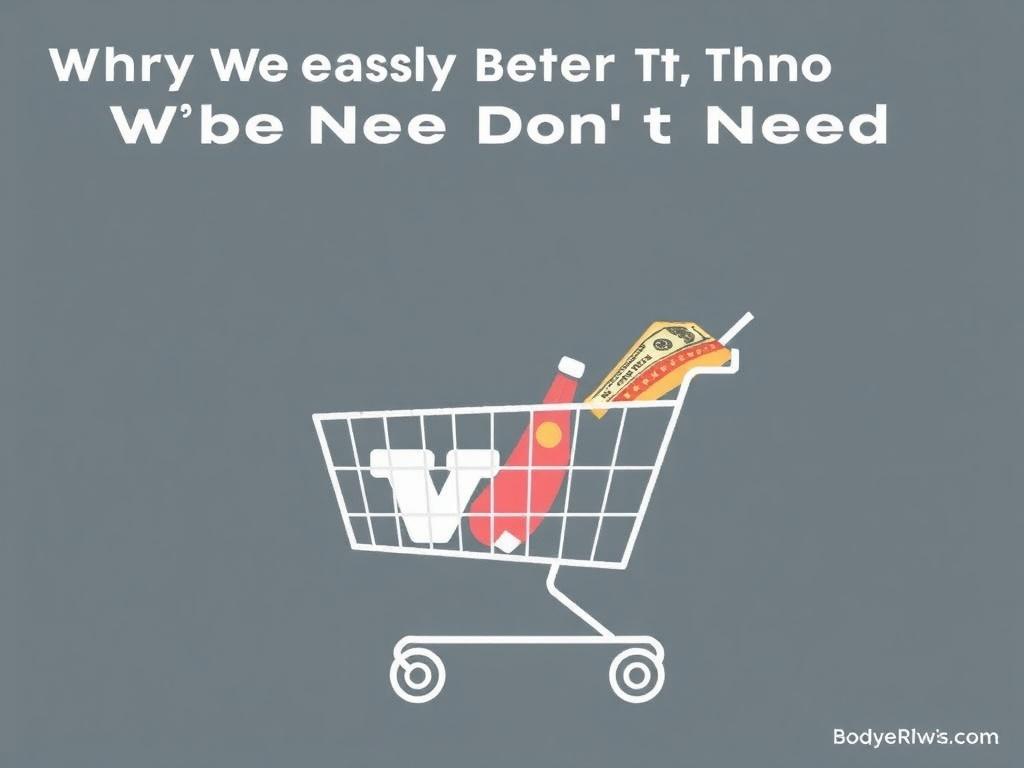
Not only does buying things we don’t need affect individual finances, but it also has a broader economic impact. On the positive side, consumer spending drives economic growth, supports jobs, and encourages innovation. However, excessive and mindless consumption can lead to debt and financial instability for households.
Moreover, on a societal scale, unnecessary buying contributes to environmental problems. The production, transportation, and disposal of excess goods lead to increased resource consumption and waste, challenging efforts toward sustainability.
Balancing Consumption with Responsibility
As consumers, finding a balance between enjoying the benefits of modern goods and avoiding overconsumption is crucial. Many people are turning toward minimalism, conscious consumption, and eco-friendly choices to address this challenge.
The Role of Technology in Amplifying Buying Behavior
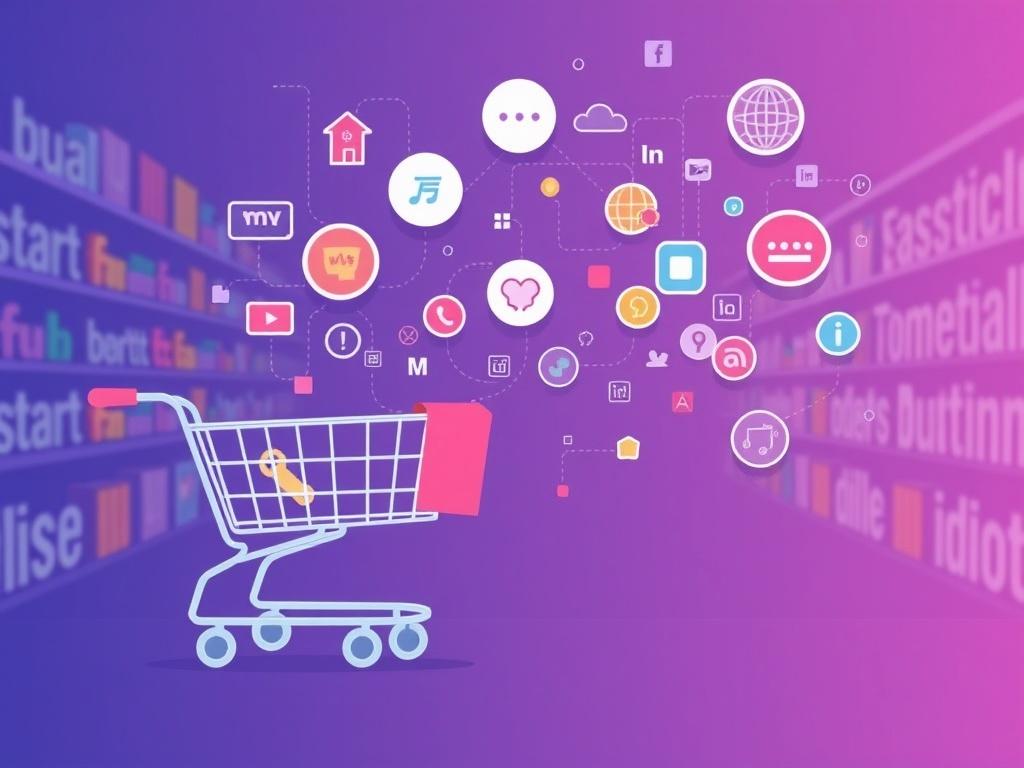
In recent years, technology has played a significant role in why we buy things we don’t need. The convenience of one-click purchasing, endless product variety, and targeted advertising algorithms tailor shopping experiences so precisely that it becomes almost effortless to spend money.
How Algorithms Influence Purchases
Algorithms analyze your browsing and purchase history to show you products you’re more likely to buy. This personalized approach removes much of the friction from shopping but also encourages more frequent and unnecessary purchases by keeping tempting items constantly in front of your eyes.
Mobile Shopping and Notifications
Shopping apps and push notifications make impulse shopping even easier. Notifications alert you to sales or flash deals that demand immediate attention, playing on urgency to prompt fast decisions without thorough consideration.
Psychological Techniques to Resist Unnecessary Purchases
Breaking the cycle of buying things we don’t need can sometimes feel like fighting against automatic brain wiring. However, psychological techniques derived from cognitive-behavioral therapy and mindfulness can help.
- Practice Mindfulness: Being aware of your thoughts, feelings, and urges related to shopping helps create space to choose differently.
- Challenge Your Beliefs: Ask yourself why you feel the need to buy a particular item. Is it truly satisfying a need or just a fleeting want?
- Replace Shopping with Other Activities: Develop hobbies or social connections that fulfill the needs driving your shopping urges.
- Set Financial Goals: Having clear savings or investment targets can motivate you to avoid non-essential spending.
Why We Buy Things We Don’t Need: A Summary of Key Reasons
To make this clearer, here’s a quick summary list of the main reasons driving unnecessary purchases:
- Emotional needs such as stress relief or boredom
- Impulse buying driven by sudden desires
- Marketing and advertising tactics that manipulate emotions
- Social influence and the desire to keep up with others
- The need to express identity or status through material goods
- Technological factors that simplify and personalize purchasing
- Lack of mindfulness or awareness about spending habits
Conclusion
Buying things we don’t need is a multifaceted behavior influenced by emotions, social pressures, marketing, and human psychology. While it may feel harmless or even pleasurable at times, excessive unnecessary purchases can have negative impacts on our finances, wellbeing, and the environment. By understanding why we buy unnecessarily, recognizing the triggers, and adopting mindful habits, we can regain control over our spending. This not only improves our financial health but enriches our lives by focusing on what truly matters—experiences, relationships, and personal growth rather than material excess. Next time you find yourself reaching for that unplanned item, pause and reflect: does this purchase serve my real needs, or is it just a fleeting impulse? That moment of reflection can make all the difference.

